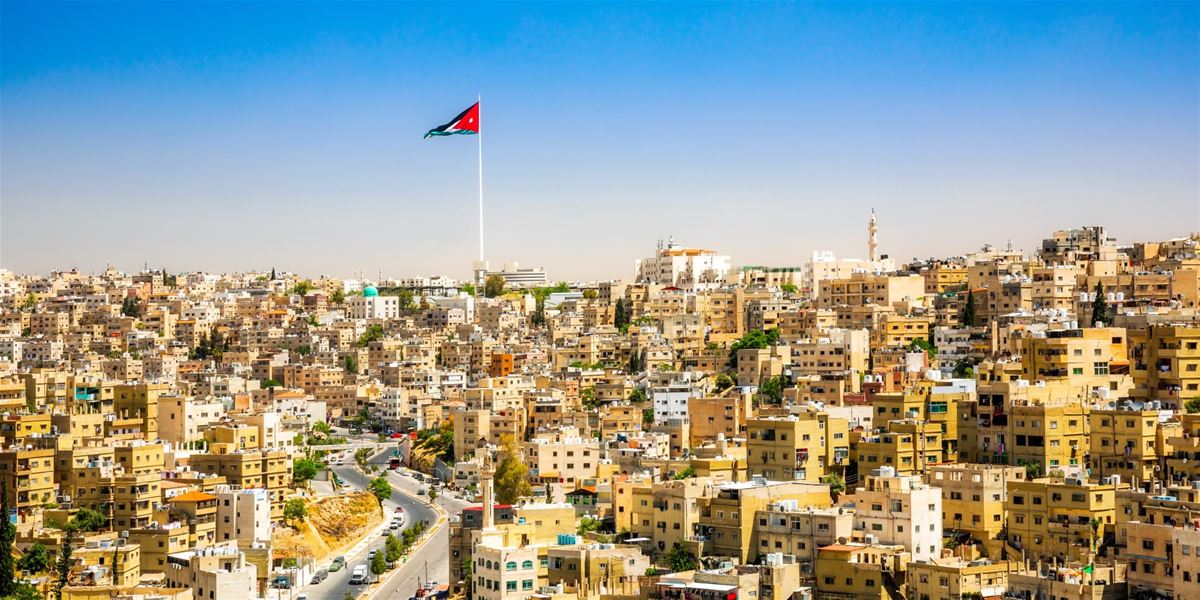Situation
Amman, Jordan is proactively pursuing environmental sustainability to build a future-proof urban ecosystem
The Greater Amman Municipality (GAM) has established robust strategic foundations, including the Amman Green City Action Plan (2021), Amman Climate Plan (2019), Resilience Strategy (2017), and a Smart City Roadmap.
Despite these efforts, Amman faces significant urban development challenges, such as spatial inefficiencies, fragmented growth patterns, and complex urban planning constraints. These issues exacerbate the city's vulnerability to climate change impacts, affecting urban liveability and service provision for its growing population. The project specifically addresses these challenges by modeling urban development scenarios to assess climate risks to populations and services, and by enhancing understanding of Amman's potential for urban greening and Nature-Based Solutions (NBS) to combat inefficient land use and green space scarcity.
The World Bank's support aims to leverage spatial analytics to align Amman's dynamic urbanization with GAM's transformative agenda and strategic objectives. A critical aspect is to enhance the role of geospatial data, digital tools, and institutional expertise in urban and transport planning, and resource management, to facilitate evidence-based policymaking. Jon Kher Kaw, Senior Urban Development Specialist at the World Bank, highlights that "Earth observation is a game-changer, providing policymakers with new ways to analyse and access critical spatial data and information that may not be available for many developing economies".



